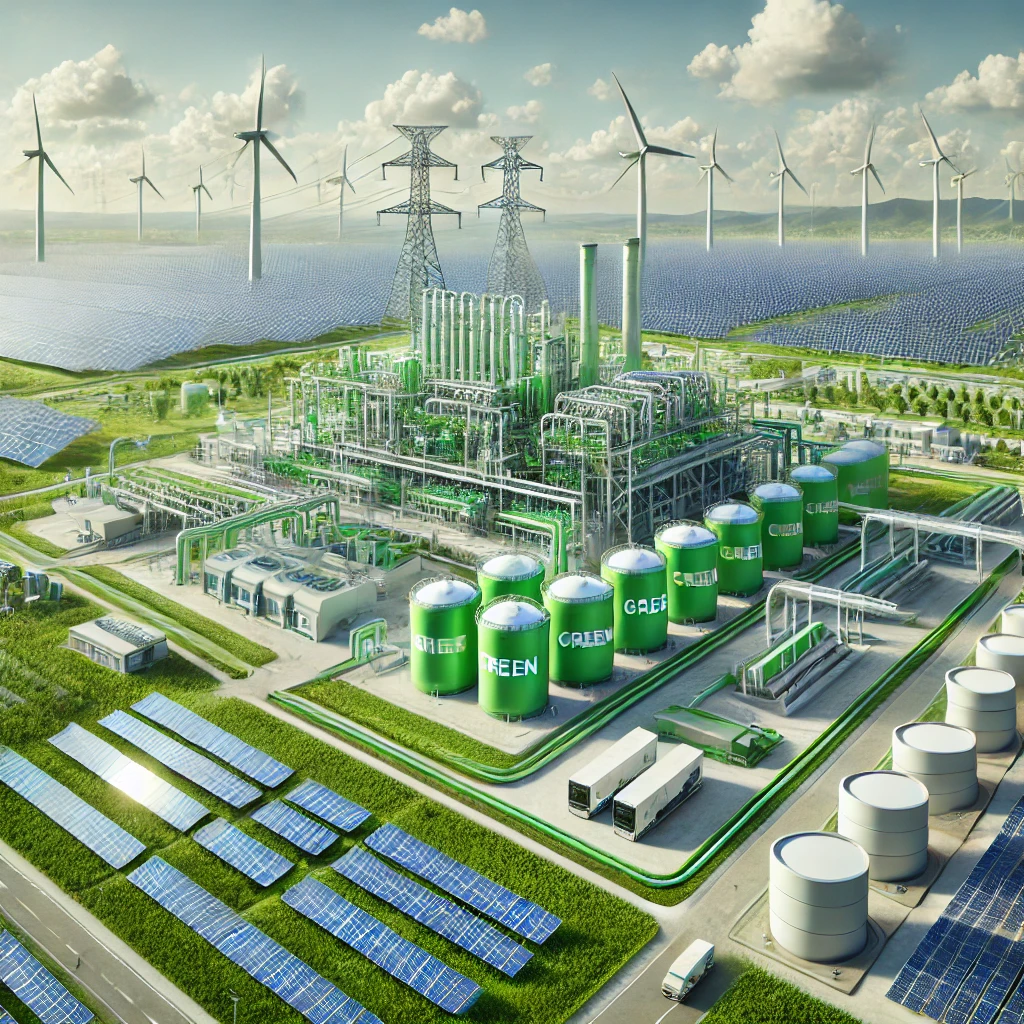India is one of the three most energy consuming nations. Yet, while several nations such as United States, Russia, Ukraine, Canada, China, and Germany have built underground gas storage (UGS) capacity to ensure energy security, India has lacked behind. Its high time India puts its act together to invest in gas storage. Genesis Ray explores what’s happening on the global gas storage front and why is it important for India to move ahead urgently.
Introduction
As the world transitions towards cleaner fuels, gas is increasingly recognized as a critical bridge to a carbon-free future. With a growing appetite for gas, particularly imported gas due to limited domestic production, India is among the nations adapting to this change. However, gas demand can fluctuate seasonally, making “stored gas” a valuable resource. This gas is utilized to reduce peak loads and enhance the flexibility and reliability of gas supplies. Underground gas storage (UGS) facilities, created in depleted hydrocarbon fields, aquifers, or salt caverns, are crucial for managing this demand. In the United States, for example, most natural gas storage facilities are old gas or oil fields strategically located near consumption centers and pipeline connections.
These facilities are instrumental in balancing demand, maintaining gas pipeline pressure and flow, and adjusting regional gas supplies. Typically, the main owners and operators of these underground facilities are interstate and intrastate pipeline companies, local distribution companies, and independent storage service providers. A key feature of an underground storage reservoir is its working gas capacity—the total gas storage capacity minus the base gas intended as permanent inventory—and its deliverability rate, which is the rate at which gas can be withdrawn daily.
Global Scenario
The concept of storing natural gas underground has been around since 1915, starting with a successful implementation in a well and gas field in Canada. Since 2010, the development of global working gas capacity has accelerated, with countries like Argentina building up their UGS capacities. Currently, there are 661 UGS facilities worldwide with a working gas capacity of 422 billion cubic meters. A significant portion of these, two-thirds, are located in developed regions of North America, comprising 441 facilities with a deliverability of 3,726 million cubic meters per day.
In Asia, the UGS sector began developing significantly in the 1990s in China, where UGS currently accounts for only 3% of the country’s gas consumption, with plans for expansion. As of the end of 2017, China had 14 active UGS facilities. Meanwhile, Japan, which relies heavily on imported LNG due to negligible domestic gas production, has established five UGS facilities, underscoring its status as one of the world’s largest LNG importers.
Building Underground Gas Storage (UGS) Infrastructure
Constructing a UGS system involves reconditioning existing structures before gas injection can begin. As more gas is injected, the formation pressure inside the storage facility increases, facilitating easy gas extraction when needed. However, if the pressure falls too low, gas extraction becomes challenging due to insufficient pressure differential across the wellhead.
The stability and operational efficiency of UGS are underpinned by the presence of base gas, which is the volume of gas that cannot be extracted. The volume of gas that can be actively stored or withdrawn is referred to as working gas. The injection and withdrawal capacities largely depend on the storage pressure—high storage pressure allows for low injection rates but high withdrawal rates, and vice versa.
Why Gas Markets Need UGS?
Seasonal Variation
Due to the seasonal nature of gas demand, it is often stored during low consumption periods and withdrawn during peak seasons. In colder countries like Russia and Canada, where natural gas is a primary heating source, large-scale UGS is crucial for managing seasonal demand fluctuations.
Peak Shaving
In markets with sudden spikes in heating demand or gas-fired peak load power plants, natural gas prices can soar. UGS operators can capitalize on this by buying low and selling high. Both the US and Europe exemplify markets where this strategy is effective.
Strategic Reserves
Countries heavily reliant on imported gas, like Japan, utilize UGS as strategic reserves to ensure a continuous supply. This is particularly vital in regions like Western Europe, which depend on pipeline imports and are susceptible to supply disruptions due to political uncertainties.
How Will India Benefit from UGS?
Despite minimal seasonal variations and a lack of a competitive gas or power market, India stands to gain significantly from investing in UGS capacities. This investment is primarily aimed at building strategic reserves to guarantee an uninterrupted gas supply, a critical component for sectors like fertilizer production, which is heavily reliant on imported gas.
Conclusion
Despite the challenges, the case for establishing gas storage infrastructure in India is compelling. As India intensifies its gas consumption through increased imports and enhanced infrastructure, investing in gas storage will become increasingly vital. Although initial hurdles are inevitable, India’s commitment to building UGS will bolster its energy security and align it with global practices in energy management.







